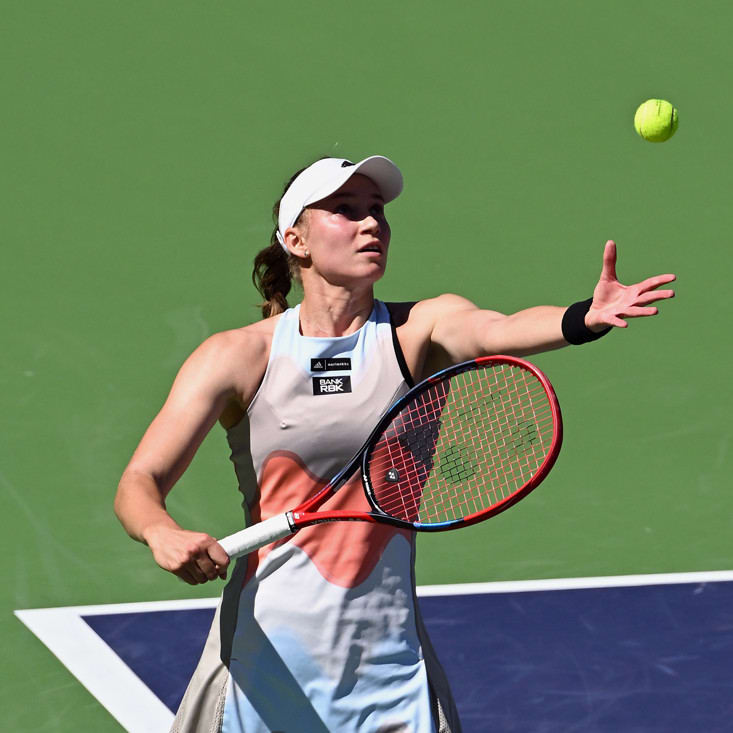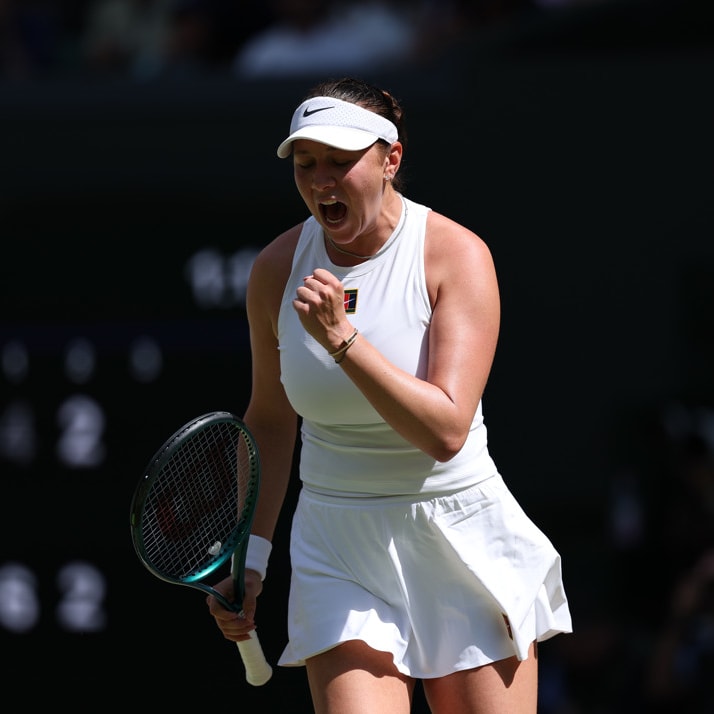As DFS continues to grow, we see a larger variety of sports appear across the major platforms. FanDuel was a few months behind DraftKings in the implementation of DFS tennis but what they have produced appears to be worth the wait, as it includes features that players have specifically called for in the past. This article will take a look at those features, provide a general overview and touch on some basic strategy that will help newcomers play without much of a learning curve.
THE BASICS
Perhaps the biggest (and most exciting) tweak FanDuel has made is giving users the ability to swap players after lock. Withdrawals can happen in tennis literally any time before a match starts so this is a tremendous load off the mind of those who want to choose a competitor playing later on in the day.
We will discuss game formats a bit later in the article but I'd like to start by discussing strategies for how we can actually play (and win) tennis DFS on FanDuel. As with any other DFS game, the first thing we need to sink our teeth into is the scoring system.
| Match Event | Best of Three Sets | Best of Five Sets |
| Match Played | 60 PTS | 60 PTS |
| Match Won | 12 PTS | 10 PTS |
| Match Won in Straight Sets | 12 PTS | 10 PTS |
| Set Won | 12 PTS | 10 PTS |
| Set Won at Love | 10 PTS | 7 PTS |
| Game Won | 6 PTS | 4 PTS |
| Set Lost | - 6 PTS | - 5 PTS |
| Game Lost | - 4.8 PTS | -3.2 PTS |
| Double Fault | - 2 PTS | - 2 PTS |
| Ace | 1 PTS | 0.6 PTS |
| Break Point Won | 1.5 PTS | 1 PTS |
| Opponent Retired | 20-40 PTS | 16-40 PTS |
*A walkover is considered a first-set retirement.
The first thing that jumps out at us here is a marked difference between five-set and three-set scoring, which exists so that female players aren't at a scoring disadvantage in grand slams. Looking a bit deeper, we can see that a break-point converted gets us a full 1.5 additional points beyond our total games won. This could give an added layer of focus to a middle-of-the-road player like Roberto Carballes Baena, who holds the eighth-highest rate of return games won on tour this season (28 percent). Now that we have reviewed the scoring, let's take a look at some strategies we can employ to help us choose our competitors.
PAY ATTENTION TO TRENDS
There are any number of stats one may look at to try to determine which player is superior in a given matchup. These numbers aren't without value, of course, but most players fall within a few percentage points of each other when it comes to stats like service or return games won. This makes it hard to truly find an advantage, which is why it's a good thing to track stats such as how a certain player has performed in his last five matches. Monitoring trends will let us know when we are getting an in-form player against one who is struggling, which can make all the difference when the overall numbers are close.
KNOW THE SURFACES
Professional tennis is contested on four surfaces: hard courts, clay courts, grass courts and carpet courts. It is important to understand how the ball responds on the various kinds of courts and which players will fare better as a consequence. A hard court, for example, favors big servers, while the soft clay slows the ball, making it easier for more athletic players who can use speed and precise shot-making to win points.
To illustrate how surfaces can affect a competitor, we need to look no further than Thomaz Bellucci, who has won just 42 percent of the 80 matches he has played on hard courts in his career but is 138-104 (57 percent) on clay. This disparity highlights the importance of finding specialists on a particular surface, as they will take DFS players who simply look at overall performance by surprise.
THE IMPORTANCE OF HOLDING SERVE
We discussed the benefits of breaking serve for FanDuel scoring above, but one thing new arrivals to the sport will find out quickly is that it is harder to lose if you convert service games. Not only does this put numbers in the win column, but it also works to put the opponent on notice, forcing him or her to be that much better in their own service games to keep from being broken. Players who hold serve well also tend to be successful in tiebreaks, a format where there is even less margin for error on serve.
To illustrate how effective holding serve at an elite level can be, we can look at 2018 Wimbledon semifinalist John Isner, who went 5-1 in The Championships on the strength of a 97.2 percent service hold percentage despite winning just 30 percent of points while defending an opponents' serve.
GAME TYPES
FanDuel offers two basic kinds of game formats. The first is a standard format in which players pick six players to fill out a team. This occurs in every tournament up until the quarterfinals, at which point players will choose a three-person team, complete with an MVP (worth 1.5x points) and a star (worth 1.25x points) in order to compensate for the lack of players in the field. As far as game selection goes, players can choose from all of their old favorites, including tournaments, head-to-heads, multipliers, and 50/50s. To learn more about these types of tournaments, check out the Game Selection section of this RotoWire article. While the focus is baseball, the formats are the same as tennis. Along with the standard fare, FanDuel also has a unique game type known as Beat the Score, where all players who exceed a certain designated point total will split the prize pool evenly.
Whatever game you end up playing, remember to stay within your bankroll, keep the above strategy tips in mind and enjoy the tennis.




































